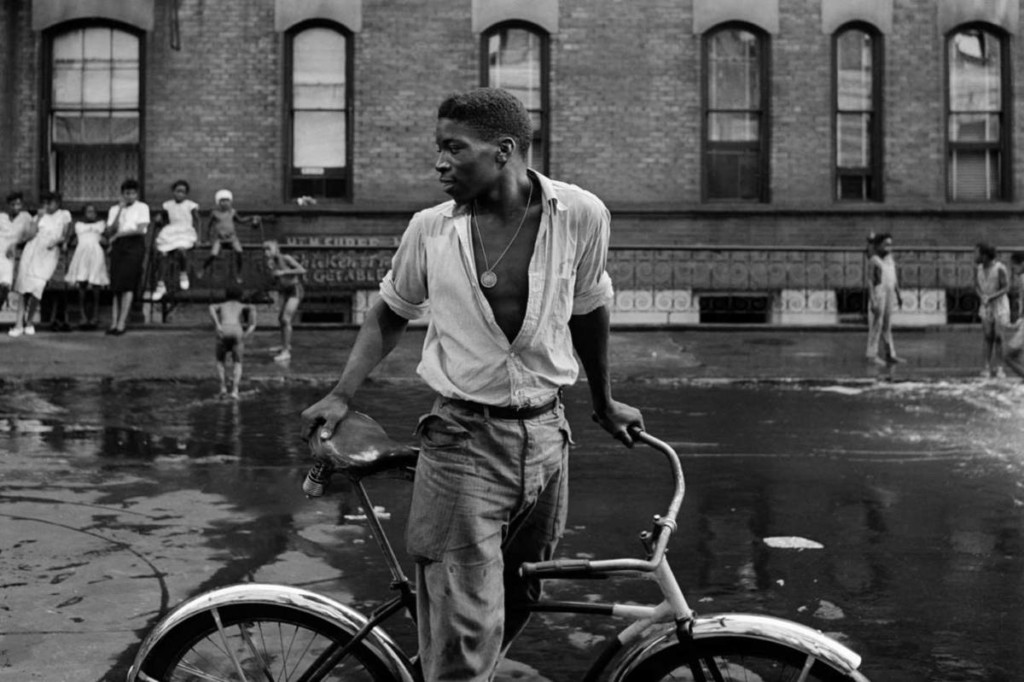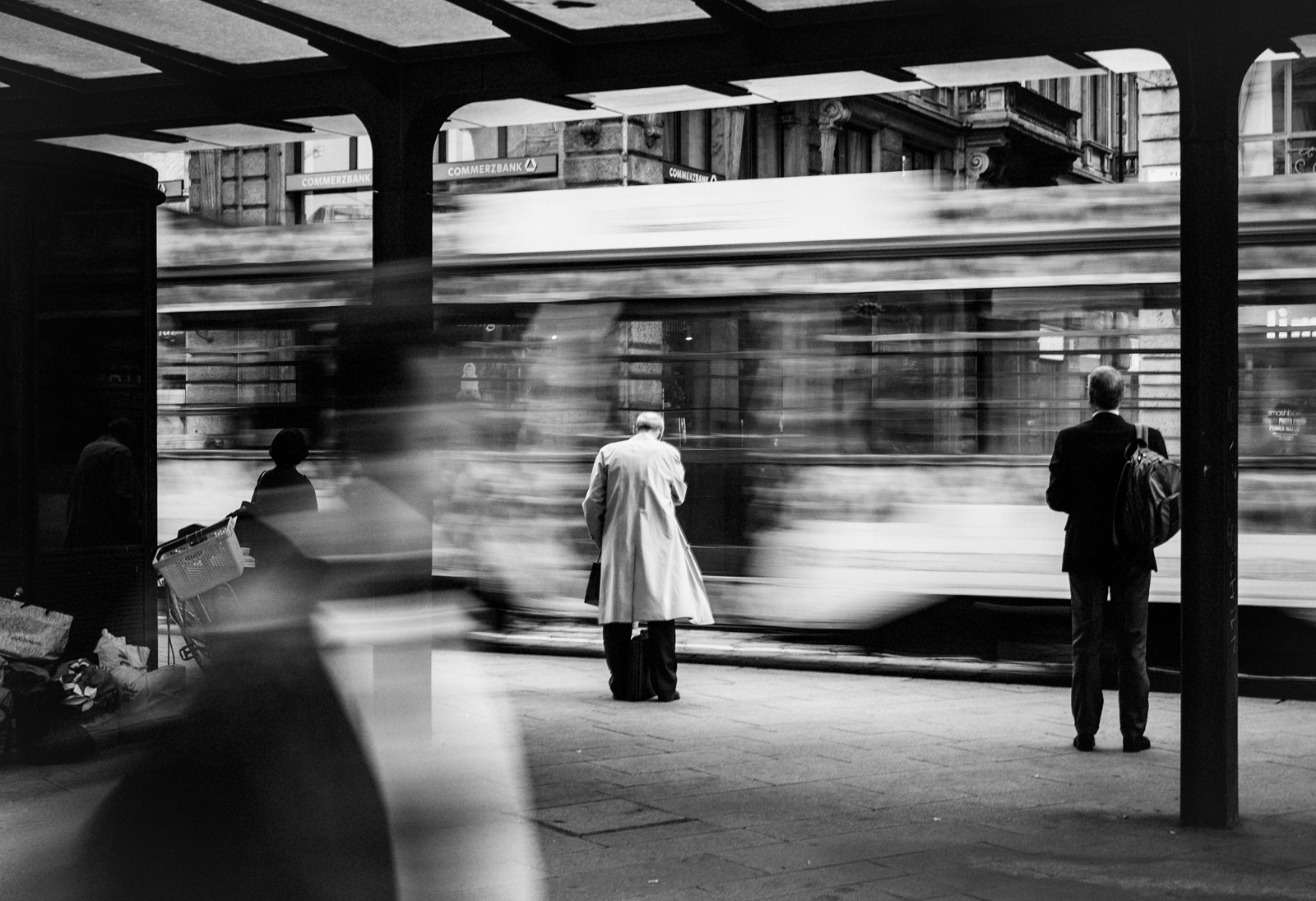Not known Details About Framing Streets
Framing Streets for Dummies
Table of ContentsAn Unbiased View of Framing StreetsSome Known Facts About Framing Streets.Framing Streets for Beginners7 Simple Techniques For Framing StreetsThe 3-Minute Rule for Framing StreetsUnknown Facts About Framing Streets
Digital photography category "Crufts Dog Program 1968" by Tony Ray-Jones Street digital photography (additionally often called candid digital photography) is photography performed for art or inquiry that includes unmediated chance experiences and random cases within public locations, generally with the goal of capturing photos at a crucial or emotional moment by mindful framing and timing. 
As a result his boots and legs were well specified, yet he is without body or head, because these remained in motion." Charles Ngre, waterseller Charles Ngre. https://pubhtml5.com/homepage/jtdxv/ was the initial professional photographer to obtain the technological sophistication needed to sign up individuals in activity on the street in Paris in 1851. Photographer John Thomson, a Scotsman working with reporter and social lobbyist Adolphe Smith, released Road Life in London in twelve month-to-month installations beginning in February 1877
Little Known Facts About Framing Streets.
Eugene Atget is related to as a progenitor, not due to the fact that he was the initial of his kind, yet as an outcome of the popularisation in the late 1920s of his record of Parisian streets by Berenice Abbott, that was motivated to embark on a similar documentation of New York City. [] As the city established, Atget assisted to promote Parisian roads as a worthwhile subject for photography.

Framing Streets for Dummies
Martin is the first tape-recorded photographer to do so in London with a disguised cam. Mass-Observation was a social research organisation established in 1937 which intended to tape day-to-day life in Britain and to videotape the reactions of the 'man-in-the-street' to King Edward VIII's abdication in 1936 to marry divorce Wallis Simpson, and the succession of George VI. The principal Mass-Observationists were anthropologist Tom Harrisson in Bolton and poet Charles Madge in London, and their very first report was created as guide "May the Twelfth: Mass-Observation Day-Surveys 1937 by over 2 hundred onlookers" [] Window cleaner at Kottbusser Tor, Berlin, by Elsa Thiemann c. 1946 The post-war French Humanist School professional photographers discovered their topics on the road or in the diner. Between 1946 and 1957 Le Groupe des XV yearly displayed link work of this kind. Andre Kertesz. Circus, Budapest, 19 May 1920 Street photography developed the major material of two exhibits at the Museum of Modern Art (Mo, MA) in New York curated by Edward Steichen, Five French Photographers: Brassai; Cartier-Bresson, Doisneau, Ronis, Izis in 1951 to 1952, and Post-war European Digital Photography in 1953, which exported the concept of road digital photography worldwide.

Not known Facts About Framing Streets
The recording machine was 'a surprise camera', a 35 mm Contax concealed beneath his coat, that was 'strapped to the upper body and linked to a lengthy wire strung down the appropriate sleeve'. His job had little modern impact as due to Evans' sensitivities regarding the creativity of his task and the privacy of his topics, it was not published until 1966, in the book Several Are Called, with an introduction created by James Agee in 1940.
Helen Levitt, then an instructor of children, connected with Evans in 193839. She documented the temporal chalk illustrations - Street photography hashtags that belonged to kids's road society in New york city at the time, along with the children who made them. In July 1939, Mo, MA's new photography section consisted of Levitt's operate in its inaugural eventRobert Frank's 1958 publication,, was significant; raw and typically indistinct, Frank's pictures examined traditional digital photography of the moment, "tested all the official policies set by Henri Cartier-Bresson and Pedestrian Evans" and "contradicted the wholesome pictorialism and wholehearted photojournalism of American publications like LIFE and Time".